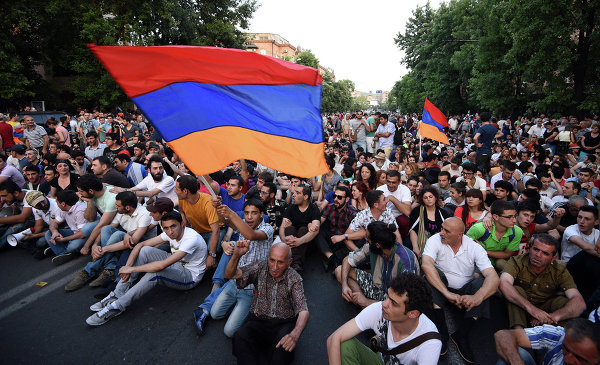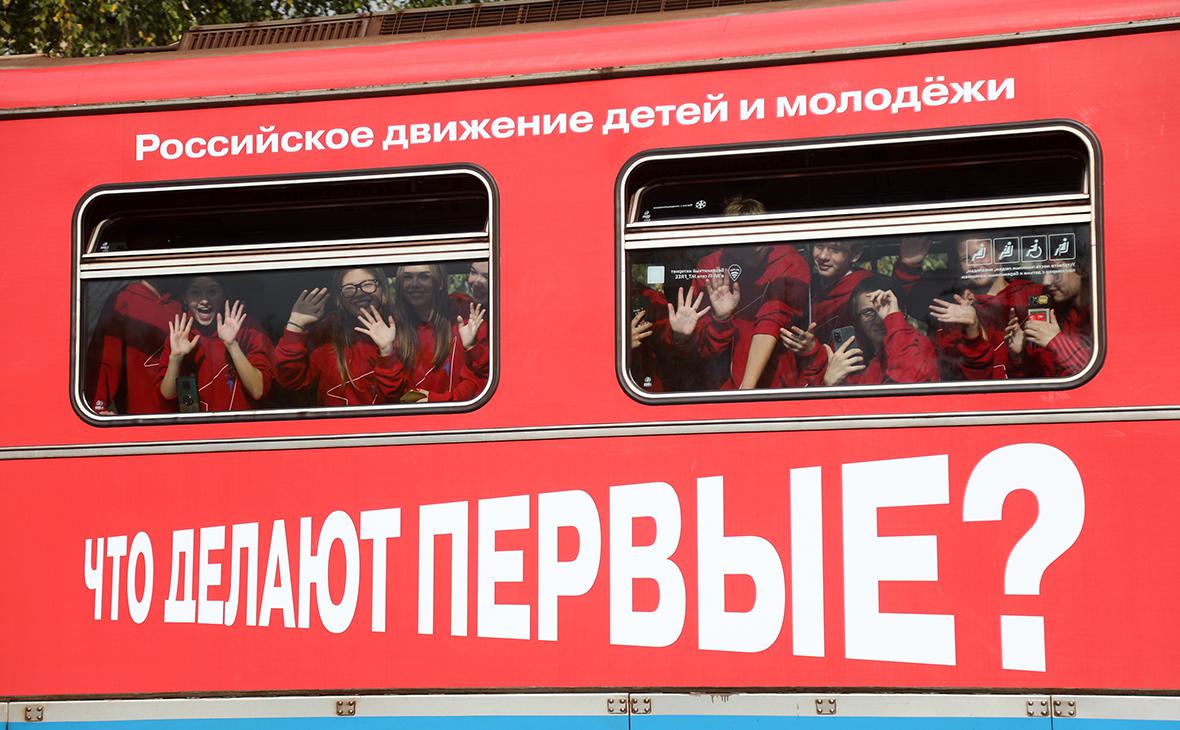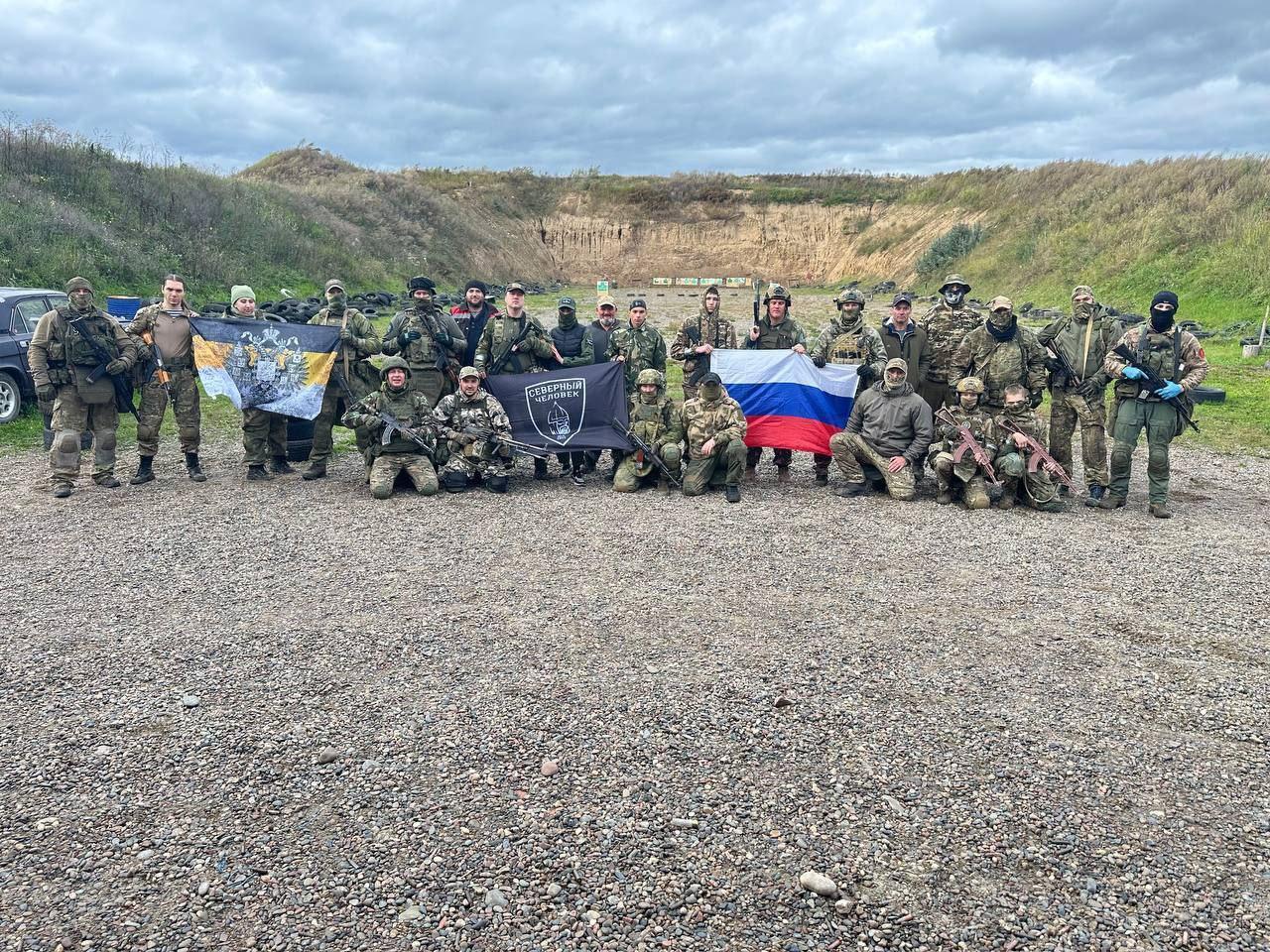
Yerevan Electricity Protests Reach Climax
Yerevan Electricity Protests Reach Climax
Protests in Yerevan and other Armenian cities have persisted for over a week, following the state regulatory commission’s June 17 decision about increasing the electricity fee from August 1. As previously suggested (see EDM, June 12), the commission decided upon a smaller fee increase than Electric Networks of Armenia (ENA) management had originally asked for: while the initial request was for an extra 17 Armenian dram (the current daytime price is 42 dram—about 9 cents; 1 US dollar equals 477 Armenian dram) per kilowatt-hour (kWh), the commission’ decision stipulates an increase of 6.93 dram per kWh.
According to media reports, ENA General Manager Yevgeny Bibin sent two letters to the state commission (on June 16 and 17), just before the commission’s session. Bibin warned that the “compromise” decision to raise prices by 6.93 dram would not be satisfactory. Unless ENA’s demand was fully met, he warned, energy supply interruptions could occur and operations could even come to a halt, resulting in a country-wide shutdown (168.am, June 17). Bibin had refused to participate in parliamentary hearings on the issue, on June 12.
After a large protest rally on June 19, a few dozen young activists began a sit-in strike, demanding that the regulatory commission reverse its decision within three days. The authorities’ reaction was limited to statements of a number of members of parliament (MP) from the ruling Republican Party justifying the decision. On June 22, a few thousand demonstrators walked toward the parliament and president’s office, and when police blocked the street, a sit-in strike began right in the middle of it. The number of participants diminished during the night. At that point, the police, citing the need to restore public order and street traffic, used water cannons to disperse those remaining at 5:30 a.m. on June 23, also beating a number of protesters and detaining 237 (those arrested were released on the same or next day); about a dozen protesters required intensive care. However, even more demonstrators gathered in the same place the following evening, and rallies began in other cities as well. This time, the police abstained from active involvement, possibly due, at least in part, to President Serzh Sargsyan’s intention to participate in the summit of the European People’s Party, in Belgium, on June 25. Moreover, the United States embassy, the Organization for Security and Cooperation in Europe (OSCE) and other international groups had already criticized the excessive use of force by the Armenian police.
Russian politicians and media reacted with conspiracy-laden messages, linking the protests to the US and Ukraine. Igor Morozov, a member of the standing committee on international affairs of Russia’s Federative Council (upper chamber of parliament), alleged that the US embassy in Yerevan was behind the protests (RIA Novosti, June 24). Former MP, political analyst Sergey Markov speculated that the protests were not spontaneous and that the opposition would attempt to seize power by means of a “color revolution,” alleging, “certainly, there are many Ukrainian militants among the protesters” (1in.am, June 24). Russian state-owned television’s news anchors claimed the protests had the same origins as previous protest movements leading to regime change in Georgia and Ukraine. According to Russian television, US-funded non-governmental organizations (NGO) were behind the activists (Rossiya 1 TV, June 23), the protesters were armed and attacked the police (Rossiya 1 TV, June 23), and US geopolitical interests were supposedly behind the protests (Rossiya 24 TV, June 23). Some Russian analysts admitted that the protests were non-violent; yet, they considered Western-funded NGOs’ and media’s attempts to instigate protests an established fact (Lenta.ru, June 25). Few Russian analysts admitted that the protests had no geopolitical component. One such author, Caucasus scholar Sergey Markedonov, noted, in an article in the Russian edition of Forbes magazine, the long tradition of mass protests in Armenia, beginning since the late years of the Soviet era, in 1988–1991. Moreover, Markendonov admitted that, in several aspects, Russia has been neglecting Armenia’s economic and other interests (Forbes.ru, June 26). However, public opinion in Russia is mainly influenced by television.
On June 25, Armenian Prime Minister Hovik Abrahamyan rejected demands to cancel the fee increase. He suggested that about 105,000 poor families would receive 24,000 dram ($50) per year as compensation from the state (Lragir.am, June 25). On June 26, the Russo-Armenian inter-governmental committee suggested carrying out a financial audit of ENA. The committee also agreed that Russia would provide a $200 million loan that Armenia would use to buy up-to-date Russian weapons (A1plus.am, June 26). Additionally, it was announced, rather unexpectedly, that the further investigation and trial of Russian soldier Valery Permyakov—who was charged with the murder of a family of seven in January 2015—would be carried out by Armenian law enforcement agencies. Previously, as Permyakov was held in custody at the Russian military base in Gyumri, Russian representatives referred to Article 61 of Russia’s constitution, according to which Russia’s citizens cannot be extradited to another country. That approach led to protests and friction in Russo-Armenian relations (see EDM, January 16, 30).
On June 27, President Sargsyan met with cabinet members and said that, though he considered the electricity fee increase justified, he would ask the government to cover the difference before the audit results became available (President.am, June 27). Following that statement, some protesters expressed satisfaction, but the majority dismissed the president’s posture as a mockery, since ENA’s financial problems would be solved at the taxpayers’ expense. The police, in turn, announced that the president’s decision was final, so the protesters should leave the street by 11 p.m. on June 28; otherwise they would be dispersed by force. Yet, only several hundred left by the specified time. In fact, the number of participants grew on Sunday evening compared to the previous days.
So far, the protesters have denied any political agenda, and political parties have abstained from attempts to lead the protest movement. Similar single-issue protests led by non-affiliated activists were successful in Armenia twice in the past: in 2012, when construction work was halted in a small park in central Yerevan, and in 2013, when protests prevented a 50-percent increase in public transit fees in the capital. Currently, the interests of a larger number of citizens are at stake; thus, there is potential for a longer-term mass protest movement. But it remains to be seen if a large movement will persist for long while remaining in its current decentralized, amorphous form. Moreover, if clashes resume around Karabakh following the end of the European Games in Baku, speculations about an imminent large-scale war could be used to crack down on the street demonstrations in Yerevan.


